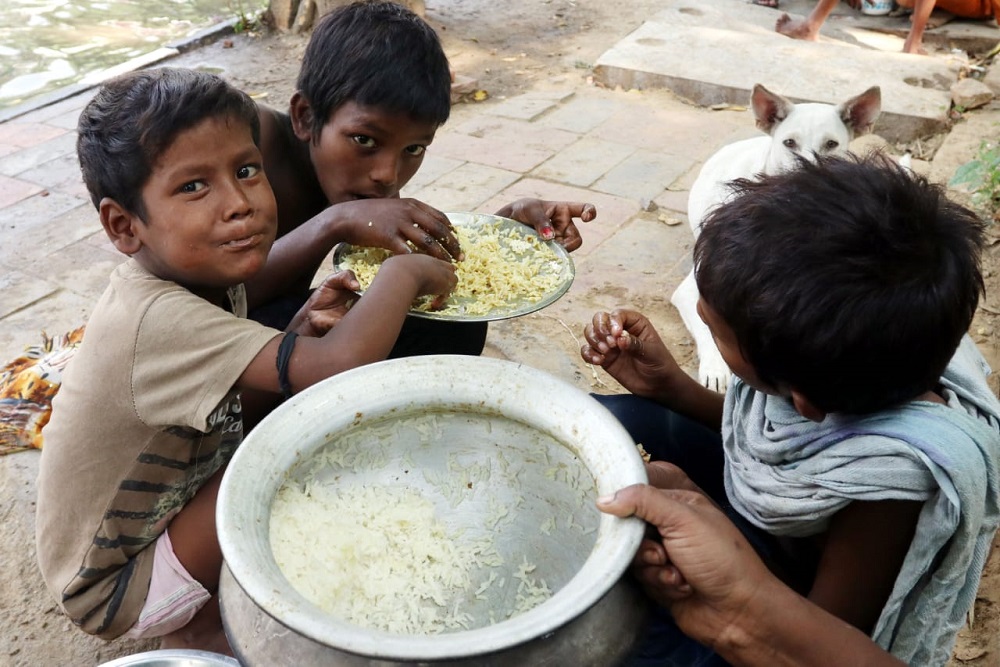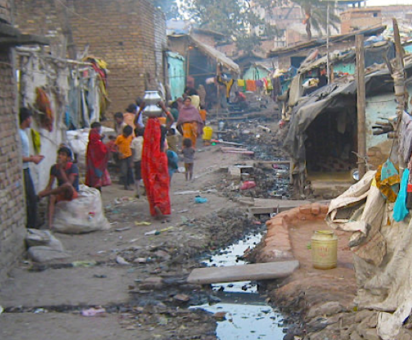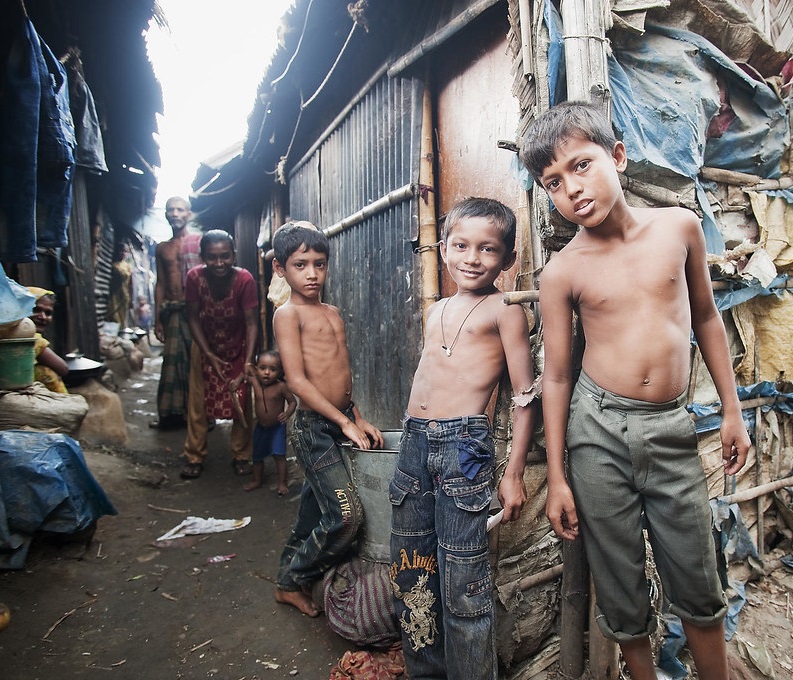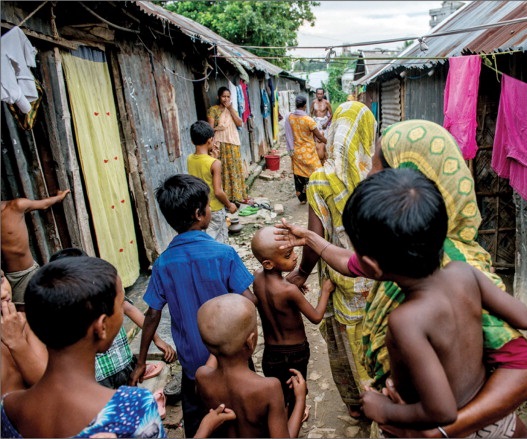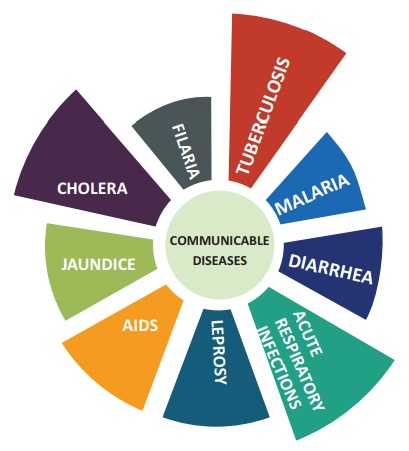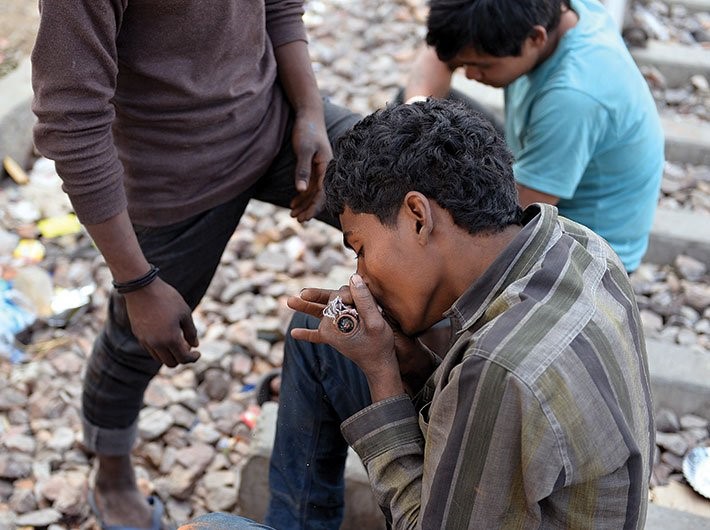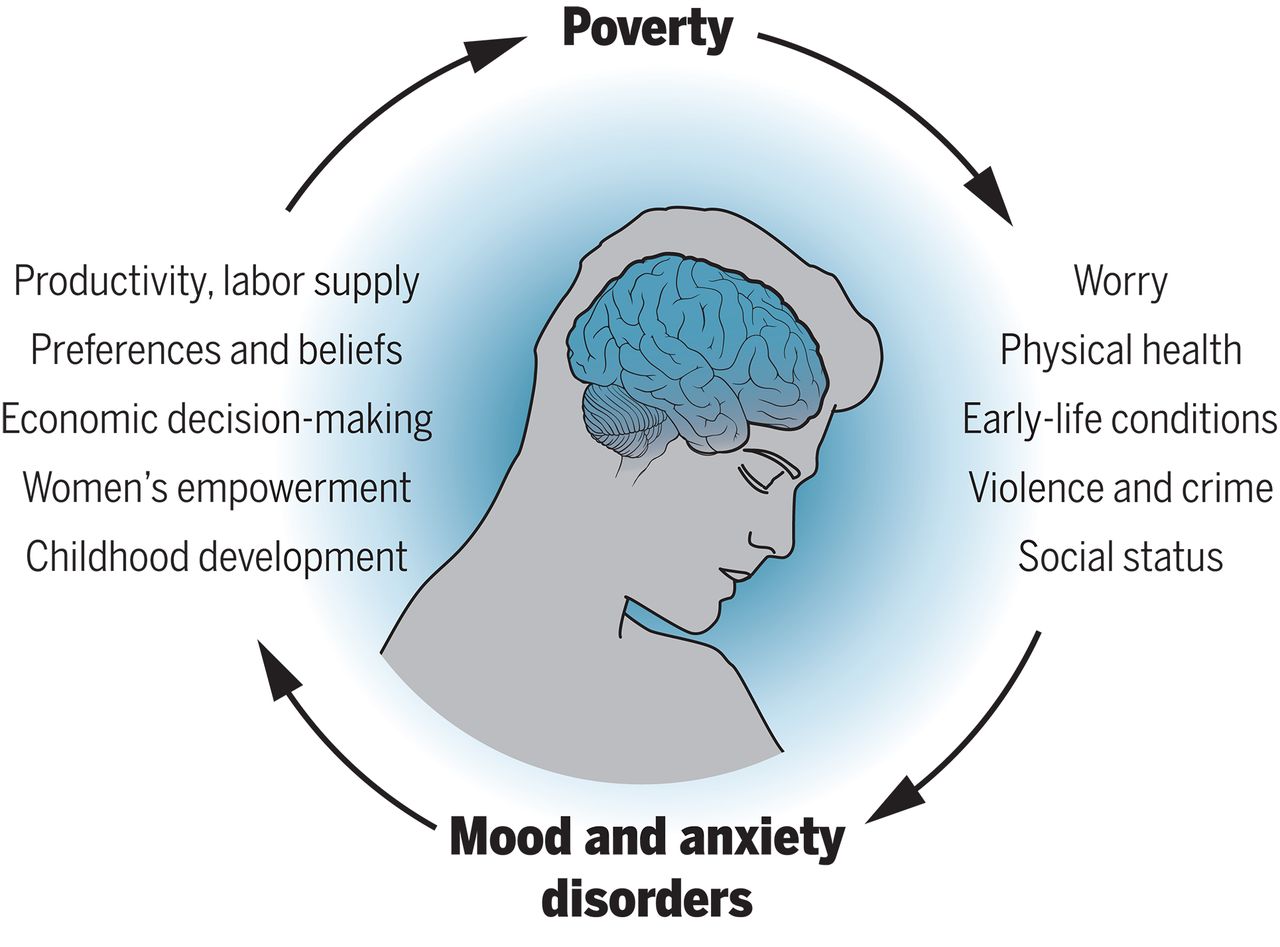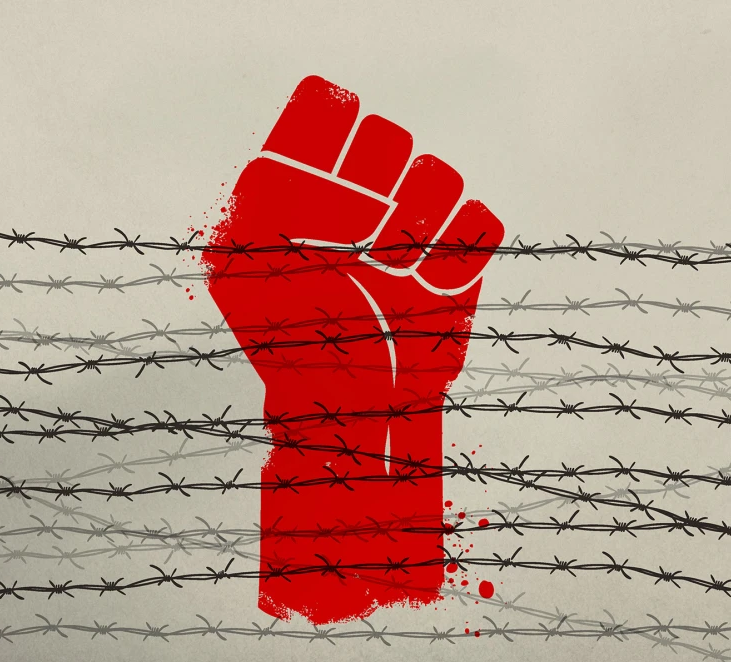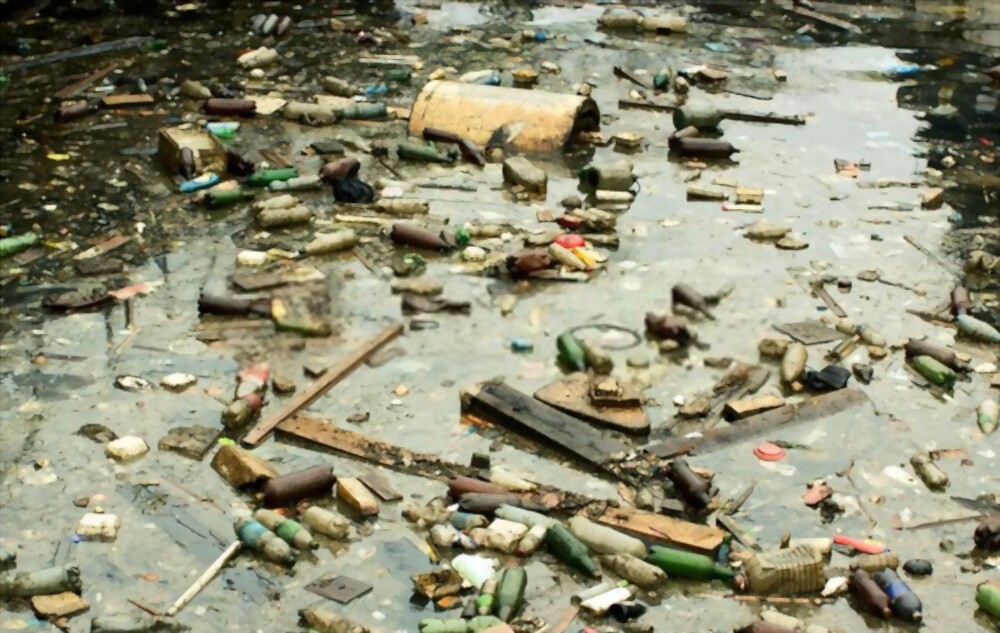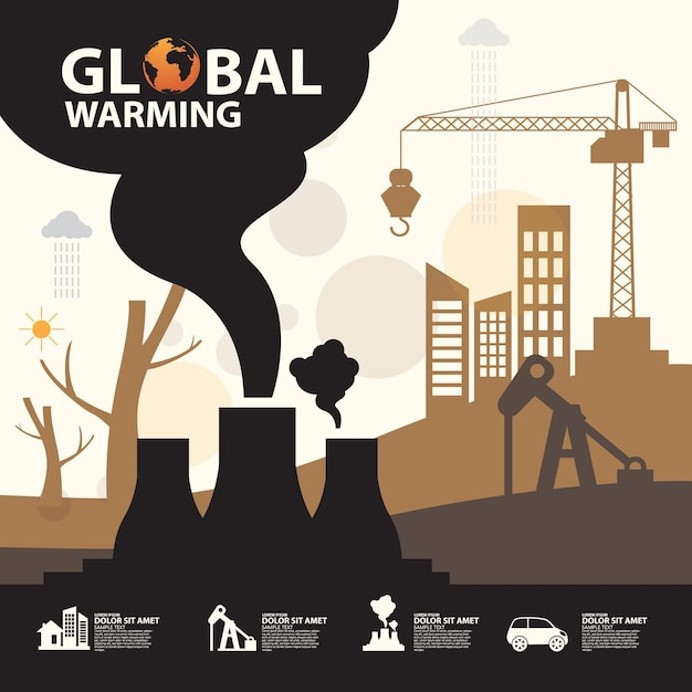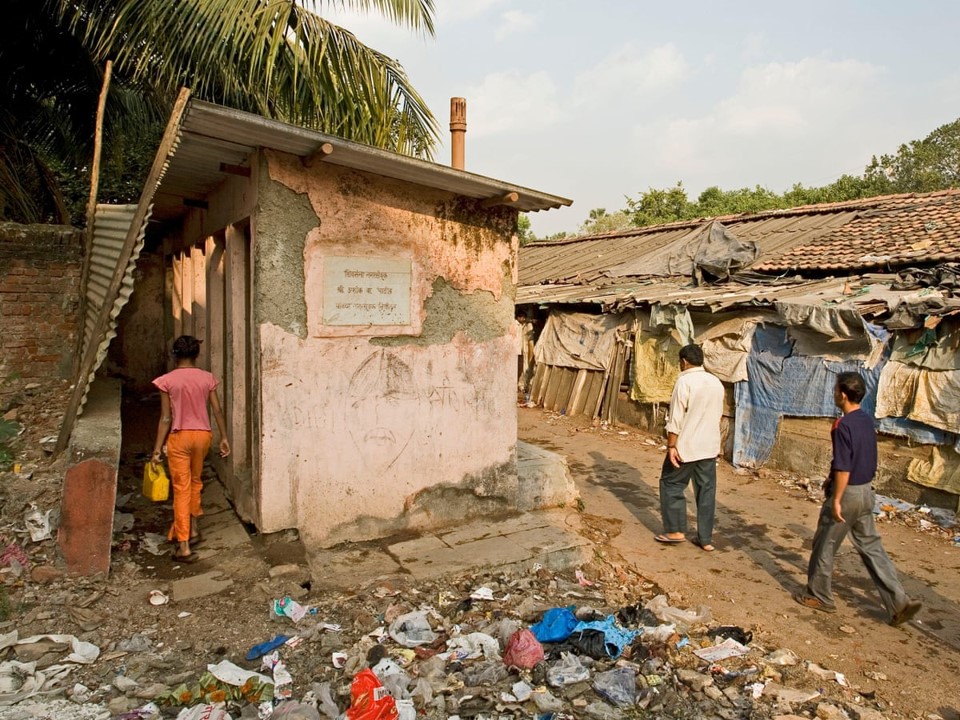Malnutrition
Lack of nutrient food is also called malnutrition which means when the diet does not contain the right amount of nutrient also known as “Poor Nutrition” or “Undernutrition”.
Food is the only fuel source to the human body and if hearty and nutrition food is not taken at proper time than many problems will occurs such as feeling weak and tired all the time, getting ill and taking a long time to recover, weight loss and low immunity etc.
Now a days malnutrition is a common problem to the poor people who cannot afford 2 times meal a day
Unhygienic Atmosphere
Humans are generating too much trashes and cannot deal with it in a sustainable way. Waste that is not biodegradable and cannot be properly recycled is filling our oceans and landfills. All together the amount of waste generated affects the environment in multiple ways, it contributes to the worsening climate crisis, it has negative impact on our natural environment, wildlife and its detriment to our very own public health.
Diseases, caused by environmental factors which can be prevented, cause the greatest number of deaths. Annually, cardiovascular diseases claim 2.6 million lives, diarrheal diseases kill 1.7 million, lower respiratory infections cause 1.5 million deaths, cancers cause 1.4 million deaths and chronic obstructive pulmonary diseases cause 1.3 million deaths
Wearing malodor cloths
Due to poverty and not having cloths in sufficient amount to someone who cannot change it daily may suffer from some diseases such as skin problem, fungal infection etc., day by day these problems increase rapidly which is not a good sign of healthy life and the people suffering from these diseases ultimately loses their confidence and are not presentable Infront of anyone.
Dirty clothes create germs that breed bacteria and live on clothing until washed, it can lead to a yeast infection or urinary tract infection (UTI).
Physical weakness
The poor are physically weak as Poverty and Health are co-related. Hence when a person or a family suffers from acute poverty then that person or family won't have the necessary resources to keep a check on their health.
Poverty is fueled by the economic and political structure of a society. Poor people living in such a society neither have money nor any health care services readily available.
Those who are under the more marginalized sections of society are barred from the community infrastructure. Besides this, there are many poor families which are overcrowded and hence difficult to manage. Women are responsible for the caretaking of most households which is why they face weakness early on. All these situations are the driving factors behind the deteriorating health condition of the poor.
Lack of Health Awareness
You, as a human being, own a body-machine and you are always using that machine. But you don’t have a good idea about that machine. You are not aware of its illness, its treatment. You think you don’t need to know anything. This is the condition of most ordinary people! Lack of health awareness is a big problem for us. And those on whom they relying are sitting idle. Mental illness is a main cause of lack of self-awareness; however, it is nearly impossible for a functioning human body to survive without some awareness over its environment and behavior. Many people are unaware of the symptoms and consequences of their illness. Unawareness linked to poorer adherence to treatment and is a risk factor for a range of poorer outcomes.
Unaffordable Medication
Increases the susceptibilities to higher degree of diseases. Greater the severity of any disorder, greater is the cost of its treatment. It has made many patients sleepless in nights leading to misery and penury. Not every person in India is ready to afford for the medicines which he/she has to take on account of the disease attacked. The jobless society in India with lots of economic recession decreases the purchasing power of medicines. An average family man’s budget is mainly for his essentials of living and what is left out–of–pocket is only spent for medicines. Public health outlets are set under each State Governments so that even poor people could easily access the medicines for free of cost. In spite of this system, certain drugs are not available through these outlets. No anti–cancer drug is available in some Government hospitals.
Medication is not so cheap in our nation that’s why many poor people can’t afford it and the junk system of money-making cycle cursed the hope of so many of them
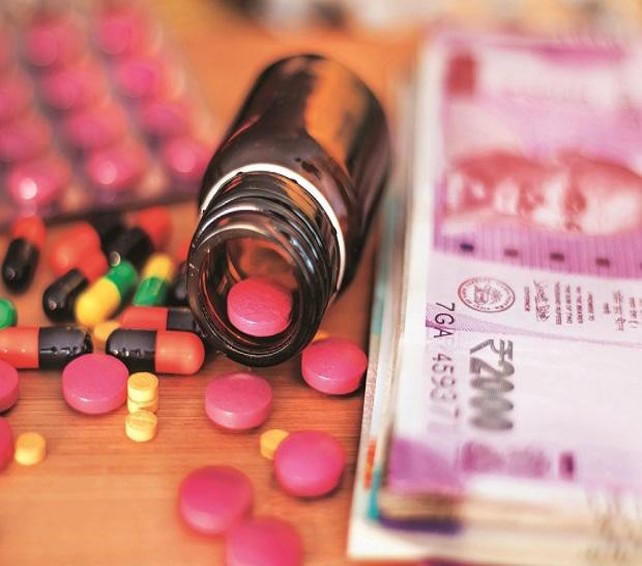
Drug addiction
Addiction of drugs (tobacco, alcohol etc.) is injurious to health which is a well-known disclaimer. it is basically defined as a chronic, relapsing disorder characterized by compulsive drug seeking, continued use despite harmful consequences and long-lasting changes in the brain. It is considered both a complex brain disorder and a mental illness. Use of drugs for a long time many causes intense craving and make physically ill. Spending money on the drug, even though one on not afford it gives health birth to the criminal activities and make you a psycho patient.
When one member is addicted, the family as a whole can be negatively impacted by phenomena such as:
- Side Effects
- Withdrawal
- Strained relationships
- Financial hardships
- Poor school performance
- Exposure to other drugs
- Reckless behavior within the home
- Stealing money to support a habit
- Running away from home
- Causing parental grief
Anxiety and Depression
Although anxiety and depression are both different but they result in the same way to make people mentally ill which results in the dysfunction of the whole body and decreases the speed of recovery and also reduces the immunity power. Overall, not a good sign of happy and healthy life.
It’s a cycle, “When you get anxious, you tend to have this pervasive thinking about some worry or some problem. You feel bad about it. Then you feel like you’ve failed. You move to depression.” Depression affects your mood, thoughts, feelings, behaviors and physical health. Severe depression can result in losing the ability to feel pleasure in the things you once enjoyed. It can also cause you to withdraw from your social relationships even from people to whom you are closest.
No proper Mentorship and Failure fear problem
School problems are common for pre-teens and teenagers. They’re part of the ups and downs of school life. School problems can show up at any stage. They can be big or small. Sometimes they go away quickly by themselves, and sometimes they last longer and need some input from you or other adults.
If your child is having problems at school, it’s important to pick up on problems early and address them. This gives your child a good chance of getting back on track quickly.
Some kids could use some extra help or a confidence boost outside of school. Parents and classroom teachers can often help make a difference in those kids’ lives. But sometimes it’s helpful to have someone else step in: someone who is not already as much a part of your child’s everyday life. In many cases, this is a mentor—someone who can offer guidance, build confidence, and be a friend to your child. No proper mentorship and exam failure is the main problem of school fear and low interest into study.
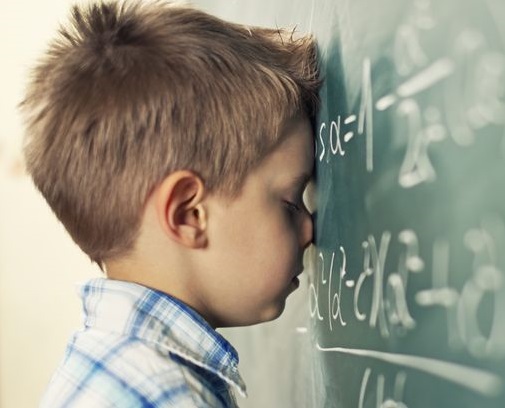
High dropout students and Lack of awareness
Every year, a large number of students drop out of school worldwide. This hinders their economic and social well-being as well as reduces the literacy rate of the country and creates a non-innovative environment. The issue of dropout in India is of particular importance and interest. Dropout means an “ever-enrolled person” who does not complete the last level of education for which he/she has enrolled and is currently not attending any educational institution.
One out of every eight students enrolled in a school or college tends to drop out midway without completing the education and over 62% of all dropouts happen at the school level, a survey by the National Statistical Office (NSO) of the government of India has revealed.
Overall, 12.6 per cent students drop out of studies in India, according to survey. More than one-third of the dropouts happen at the secondary and upper primary levels of education. While 19.8 per cent students discontinued education at the secondary level, about 17.5 per cent dropped out at the upper primary level. At the higher secondary level, the dropout rate is 9.6 per cent.
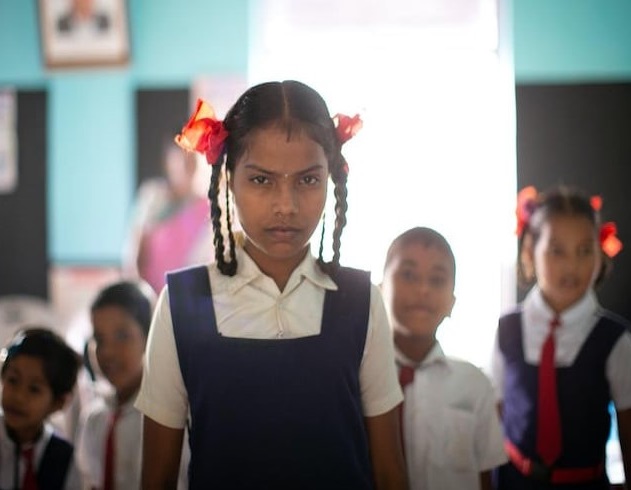
Gender Inequality in Education
Gender disparity is largely the result of the deeply ingrained systems of patriarchy. Discrimination against women begins before birth and called this systemic subordination. Gender inequality in India is a multifaceted problem that affects both men and women. Some argue that gender equality measures, place men at a disadvantage. In the current situation, 68% of girls are still educated as their discrimination affects the country and extreme racism deprives women of justice and equality, which is only education and enlightenment can secure. Equality and equity in education are directly related to the democratic development of the society, where the purpose of education is to produce knowledge makers with the capacity of making the most profitable use of the acquired knowledge. Gender disparity is evident in India's childhood literacy rates 82% of boys are literate and only 65% of girls can read and write, according to the 2011 Census of India. Statistics show that about 10% more girls enrolled in Indian high schools by 2019 compared to 2011.
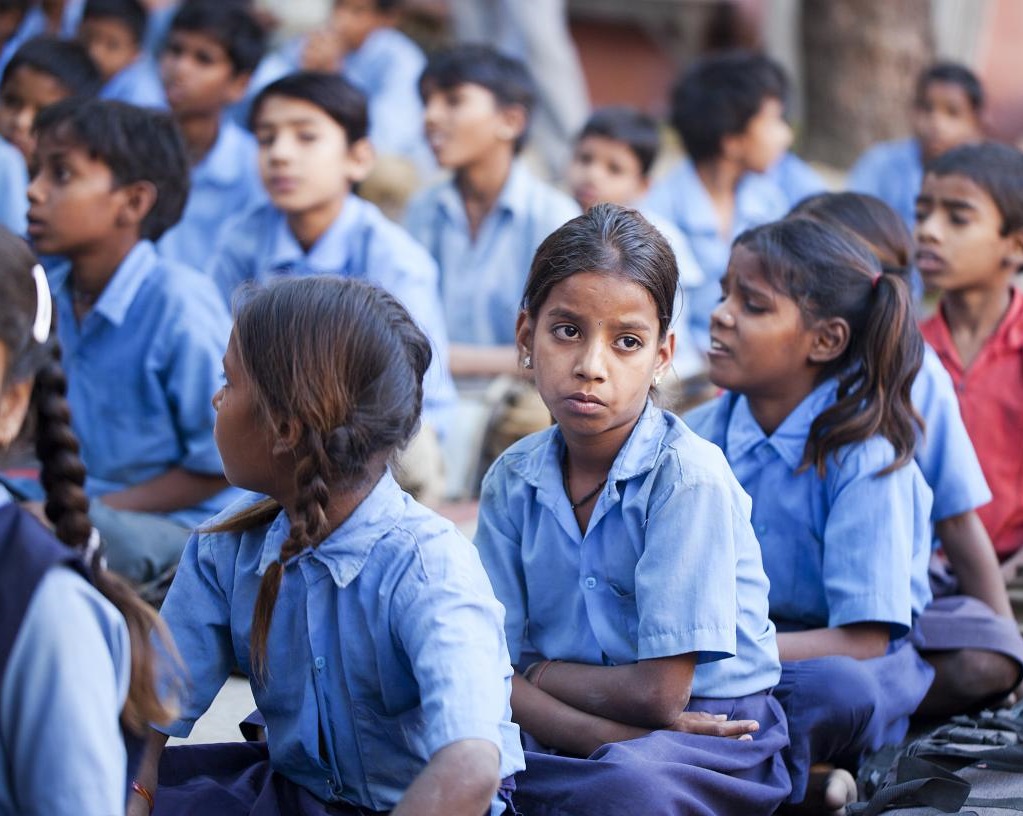
Lack of education environment
Increasing numbers of Indians, rich and poor, are paying for schooling. The share of pupils in private education has risen from 28% to 33% in just three years. In rural areas it has almost doubled in eight years, from 16% to 29%.
Private schools organise classes in tiny rooms, sometimes outside. Even if rain means lessons are cancelled, it is still better than a class without a teacher, as is often the case in state schools where teachers are absent one day in five, on average.
This statistic sums up the learning crisis that, according to many researchers, now threatens development in India, where half the population of 1.27 billion is under 25.
The Annual Status of Education Report, carried out in rural areas by the non-governmental organisation Pratham, reveals that though enrolment is still high, at over 96% (a free mid-day meal is a major incentive), pupils do not learn a great deal. After three years 60% of them still cannot read, except for their first name maybe, compared with 54% four years ago.
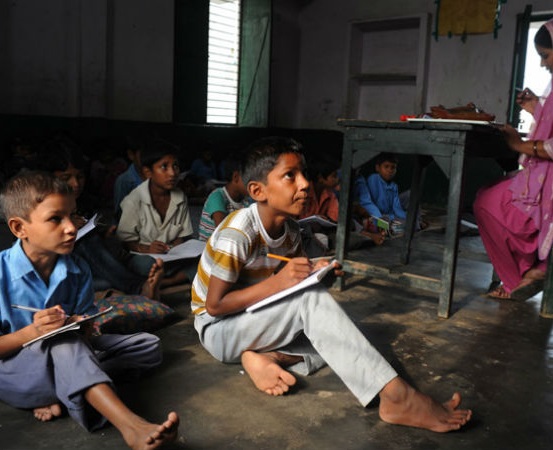
High no. of bagger and ragpickers on road
Most working children earn less than Rs 200 per day, and 63% of street children are also illiterate. And half of all children living on the street or from homeless families work for a living–at construction sites, hotels–and do not study, reveal data from surveys conducted across five Indian cities. As many as 37% of street children counted were girls, and about 5% were orphans who fended for themselves, As we all know that Food is the main expenditure so street children spend most of their earning on food, followed by clothes/cosmetics and drugs according to study
Illiteracy and Unemployment led to crime
Most people believe that the steady rise of unemployment leads to a relative increase in crime. An individual lacks a source of legitimate income when he/she is unemployed. This occurs when people are laid off at the closure of a company or not able to be employed at all after training. Some people resolve to criminal activities such as burglary, drug peddling, and other crimes to make an income for own and their family survival.
Unemployment is high among young people. People who have completed training and are ready for the job market stay unemployed. Another group of young people affected by unemployment is those who are laid off because of lack of college education. When young people are unemployed for a long time, they lose hope of getting employment.
Therefore, unemployment and crime affect people who are under the age of 40, and these are mostly young men.
This is because most criminal activities are carried out by people; thus, unemployed people over 40 years are not likely to enter into criminal activities.

Deforestation
According to the World-Wide Fund for Nature, we are losing 130,000 square km of forest cover every day.
Another study by the Center for Global Development shows that if the loss of vegetation continues unabated at this rate, forests covering an area nearly the size of India will be destroyed by 2050. Forest goods and services, once thought to be abundant, are now a scarce resource. This affects not only half the world’s land-based species of plants and animals, but also more than a billion people that are dependent on forests for livelihood.
The situation in India is no different. India has been trying to achieve its target of keeping 33 percent of its geographical area under forest cover for decades, but the 2017 State of Forest report shows that it is still struggling to get above 22 percent.
India has seen rapid deforestation in recent years, primarily due to its focus on economic development. According to government data, 14,000sq km of forests were cleared to accommodate 23,716 industrial projects across India over the last 30 years.

Filthy Water
Dirty water or filthy water is such a big problem in now a day. Billions of people use a drinking water source contaminated with faces. Contaminated water can transmit diseases such as diarrhea, cholera, dysentery, typhoid and polio. Containment dirking water is estimated to cause 485000 diarrhea death each year. There are many reasons of water contaminations such as naturally occurring chemical and minerals (Arsenic, Radon, Uranium), local land use practices (fertilizer, pesticides, concentrated feeding operation, manufacturing process or wastewater release)
Clean India Mission
‘Clean India mission or Swachh Bharat Abhiyan is a national campaign by the
govt. of India, covering 4041 towns. It aims to clean the streets, roads and infrastructure of the country.
This campaign is India’s biggest ever cleanliness drive and 3 million govt. employees, school and college
students participated.
All together the amount of waste generated affects the environment in multiple ways, it contributes to the
worsening climate crisis, it has negative impact on our natural environment, wildlife and its detriment to
our very own public health.
Global Warming
As we all know that with increasing population and deforestation, the earth’s
temperature increases which causes imbalances in the nature. Due to all these effects the medical
condition of human beings becoming worse day by day. Because of the global warning the earth gets
hotter and these heat trappy pollutants specifically, co2, methane, nitrous oxide, water vapor and synthetic
fluorinated gases are known as greenhouse gases and their impact is called the greenhouse effect.
Open Defection
Open defecation is the emptying of bowels in the open without the use of properly
designed structures built for the handling of human waste such as toilets. Open defecation is particularly
associated with rural and poverty-stricken regions of the world.
- Diarrhea and other problems associated with ingesting and exposure to human waste affect
children under the age of 5 years the most since they are very susceptible to diseases.
- Apart from waterborne diseases, when human waste collects into heaps, it attracts flies and other
insects.
- The saddest fact about disease transmission caused by open defecation is the cyclic nature of
problems that then begin to manifest.
- Open defecation and the lack of adequate sanitation hardware have strong and disproportionate
gender-based impacts. The lack of access to private latrines and toilets renders girls and young
women vulnerable to sexual violence, which frustrates efforts for them to lead a healthy and
productive life.
*All the donations to us are exempt under section 80G(5)(i) of the income tax act 1961.
